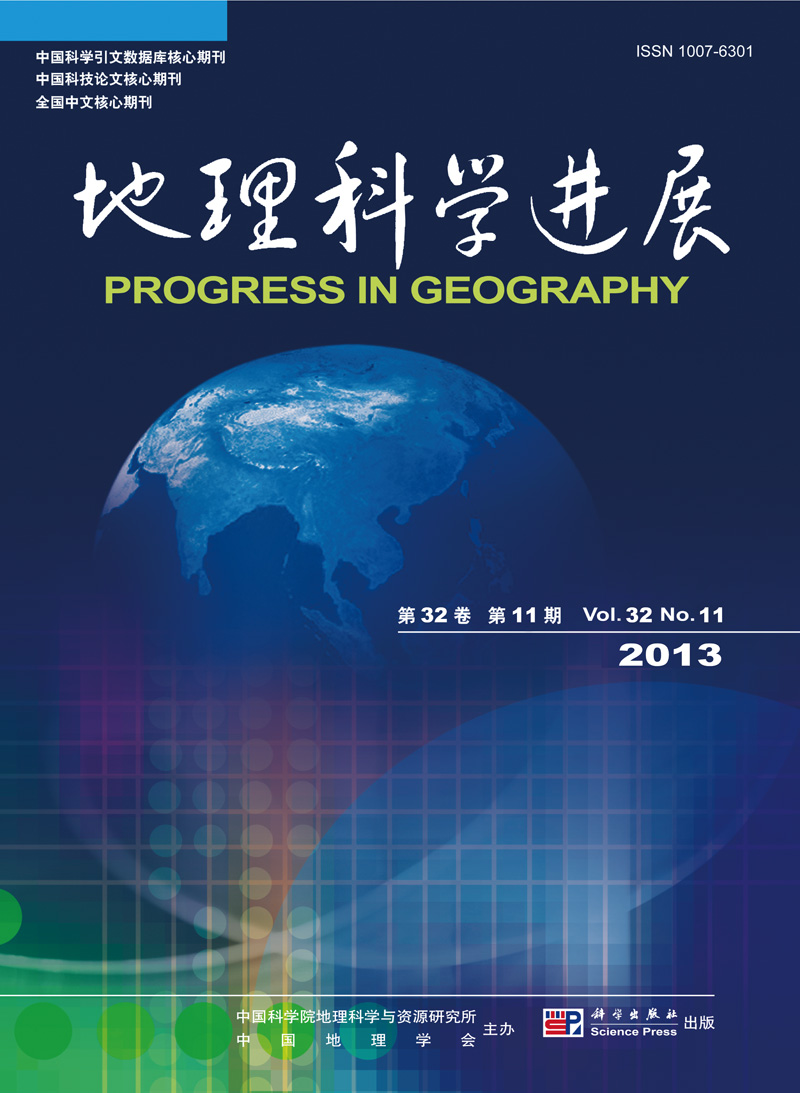Industrial Economy and Regional Development
WANG Maojun, BAO Qi
Differences among regional industries in scales are the results and manifests of competition and cooperation among the industries, and the competition-and-cooperation relationships are based on the commercial activities governed by the basic supply-and-demand theory. Multi-directional supply-and-demand relationships among the various industries constitute complex networks of commercial activities. There are two common themes in the previous researches on industrial networks. First, they focus on the characteristics of entire network involving all industries and the general statistical characteristics of multi-dimensional network topology. Second, although there are several studies on statuses and roles of different industries (nodes) in the entire network, there is no study on the intrinsic relationships between the status and properties, or the role and properties, of each industry (node) in the network. In other words, it is important to study the intrinsic relationship between the structure of an individual industry's network and its effects on the scale of the industry (node). By using the data of supply-and-demand chart in 2002, we constructed a 42×42 two value (0, 1) symmetric industrial linkage/ transaction network, and analyzed the network's structure characteristics and its external effects. The results are shown as follows. (1) There are eight major suppliers or demanders (industries) of each industry in the network, and they are significantly different from one another. For example, electric heat product and supply industry, chemical industry, construction, transportation, leasing and business services, get the maximum numbers of trading linkages in the market. These industries are the foundation of the regional economy. On the contrary, waste product, garment, leather, down and their manufacturing industry, metal and non-metal mining and selecting, wood processing and furniture manufacturing, gas product and supply industry, petroleum and natural gas industry, each have only one industry as a trading partner. These industries are mostly local industries. In addition, each industry's linkage/trading network is in linear distribution, and the scale of the network is in exponential distribution. (2) Eight industries, for example, waste product and garment, leather, down and their manufactured goods, mining and selecting of metal ore product and nonmetal ore product, are under the highest degree of constraint by the network. Chemical industry, construction, electric heat production and supply industry, transportation, leasing and business services, financial insurance industry, are under the lowest degree of constraint by the network. The constraint on each industry reduces as the scale of the network expands. (3) The competition structures of the industrial networks can be divided into three groups: with strong constraint, imbalance and small scale network; with medium constraint, medium balance, medium scale network; and with minimum constraint, balance, and large scale network, each of which has 13, 18, and 8 industries, respectively. The first one's trading partner industries and constraining markets are minimal, and distribution of industrial trading is concentrated. The second one's scale of trading network is relatively large, trading and constraint distribution are relatively balanced, and constraint market is relatively higher. The last one's suppliers or requirements is the highest, constraint value is minimum, and the coefficient of constraint hierarchy is small. (4) Degree of network constraint, constraint hierarchy coefficient and manufacturing virtual dummy variables directly have negative impact on the industry's scale. The trading constraints and manufacturing virtual dummy variables have the most significant effects on the industry, and the former affects more than the later. Network trading constraints have more absolute effect on manufacturing than non-manufacturing industries.
